Blog
Star Rapid’s blog aims to share our hard earned knowledge on manufacturing and product development. We hope these articles help you to optimize your product design and better understand the world of rapid prototyping, rapid tooling, 3D printing and low-volume manufacturing.
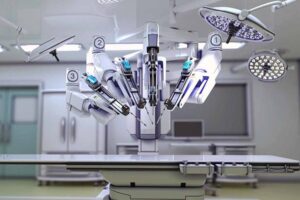
CNC Medical Machining: Benefits of CNC Machining for Medical Industry Products and Parts
CNC machining, in its many forms, is one of the most versatile of all conventional manufacturing processes. The versatility of cnc machining extends to the types of parts that can be made, the material from which they are made, and the volumes produced. Using conventional CNC milling and turning, parts
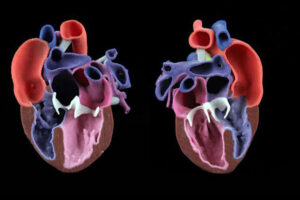
The 5 Major Benefits of Using 3D Printing for Medical Devices
Additive manufacturing in metal or plastic has some limitations as a high-volume production method. It does not, and maybe never will, compete with conventional manufacturing like plastic injection molding or CNC machining when it comes to ultimate speed and efficiency. But that’s ok because 3D printing is a perfect solution
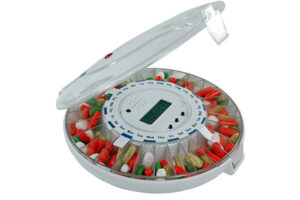
How To Choose the Right Plastic Resins for Medical Products
Plastic resins are used to make medical products of all types. This is because it’s inexpensive, lightweight, strong and durable. Plastic injection molding allows for many design options and it’s relatively easy to modify them as needed. Some resins are appropriate for single-use applications and can also be recycled. But not
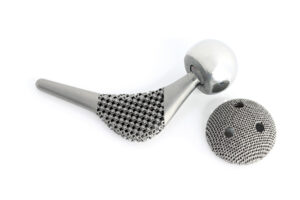
The 11 Most Important Metals Used in Medicine
Makers of devices used in medicine and healthcare need to be careful about their choice of raw materials. Not only must the material meet the engineering requirements of the application, but it must not pose any additional risk when in contact with the human body or the many types of chemicals

Understanding FDA Medical Classifications
The Food and Drug Administration in the United States is responsible for the classification of all products that are used in medicine and healthcare. As with regulators in other countries, such as the European Medicines Agency, they must categorize a vast array of goods that, in one way or another,
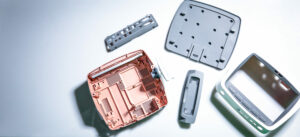
Rapid Prototyping is an Ideal Solution for the Medical Supply Chain
The global response to the threat of Covid-19 has revealed in stark detail many of the serious problems in the worldwide supply chain for needed medical products like ventilators, diagnostic kits and personal protective equipment. Some supply problems are related to delays or inequities in various distribution channels. Others are
 Portuguese
Portuguese French
French
